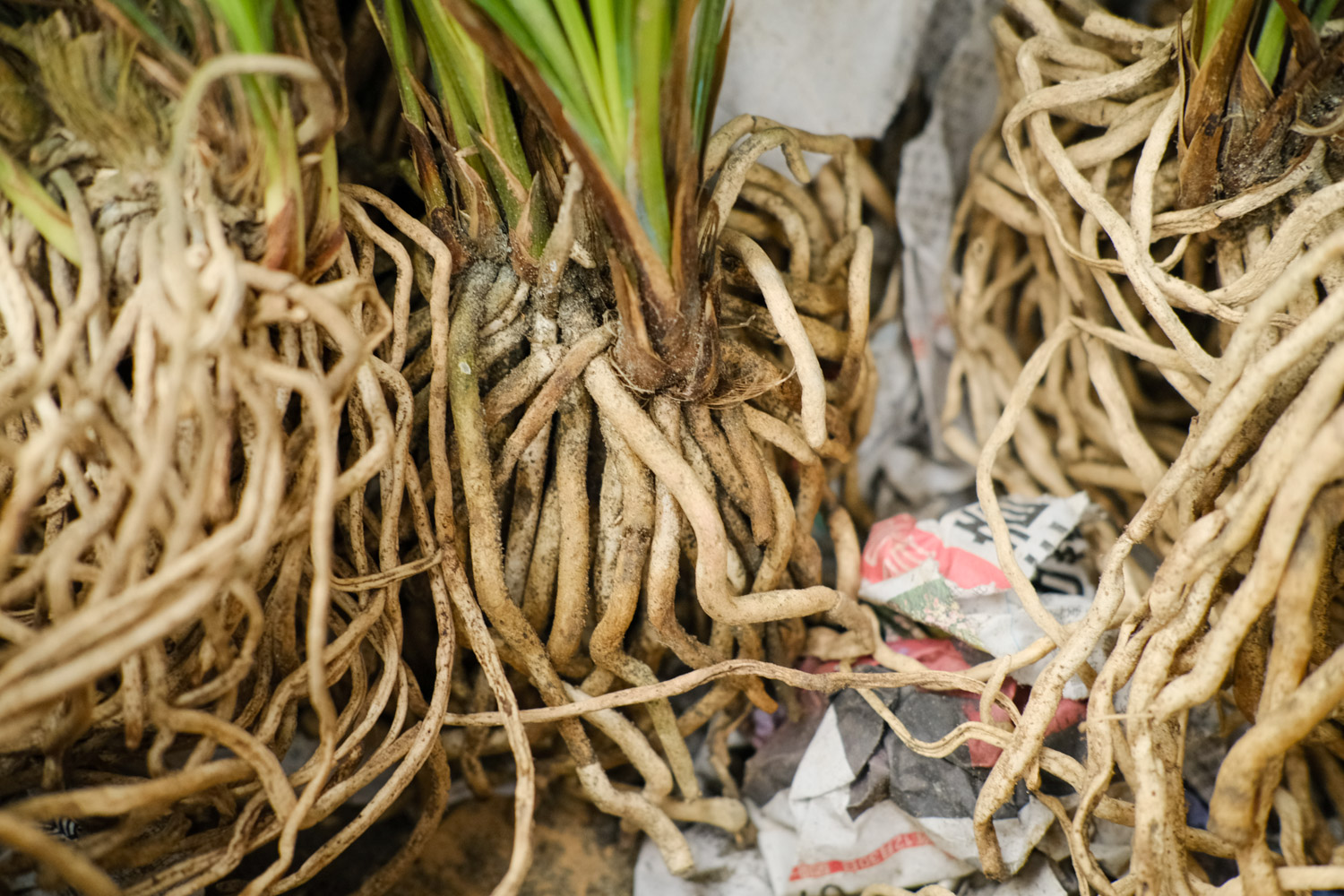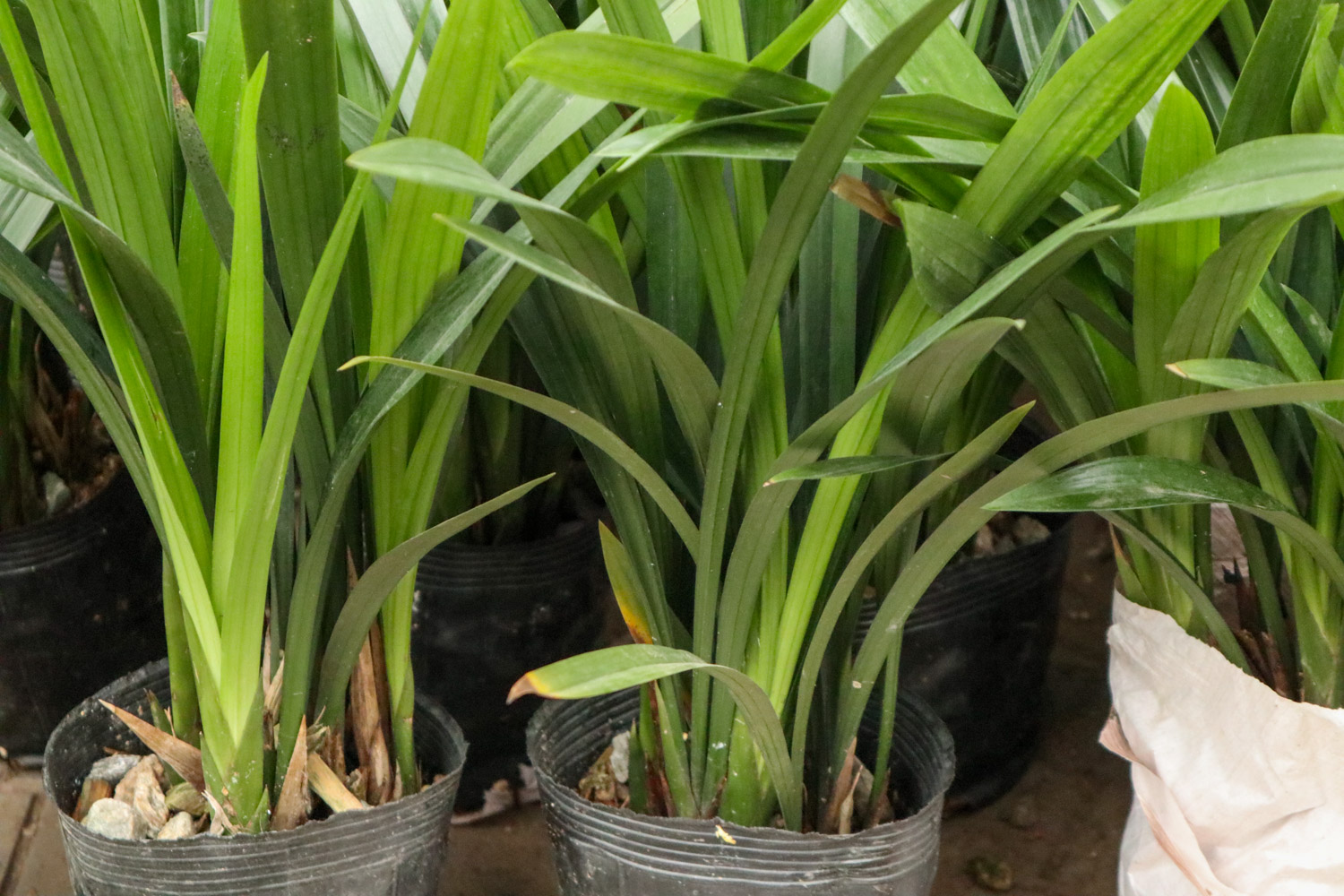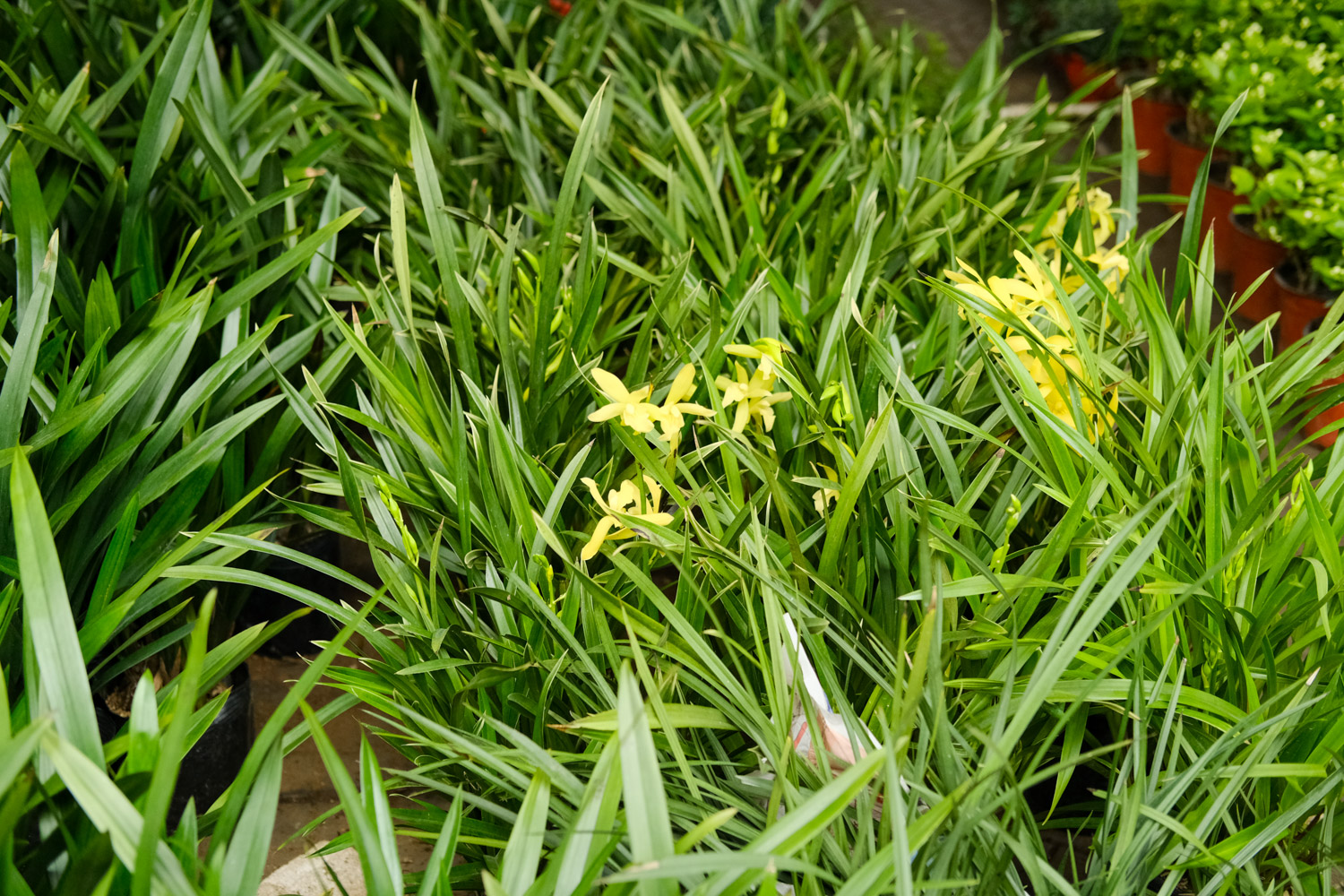1、 What kind of soil
The growth of orchid has high requirements for soil. It likes loam with rich humus and good drainage and water retention. When preparing, it is usually dominated by rotten leaf soil. Of course, there must be red soil. In addition, it has many varieties, so its emphasis and pertinence are also different. It is mainly that the fine leaf varieties are mainly rotten leaf soil, while the wide leaf varieties are mainly solid soil

2、 Configuration method
1. For curing, rotten leaf soil, mountain foundation soil and laterite can be used. Specifically, six parts of rotten leaf soil and two parts of mountain foundation soil and laterite. If there is only red soil and rotten leaf soil, the proportion should be opened and mixed with three parts of red soil and seven parts of rotten leaf soil, so that the nutrients are more sufficient and conducive to growth

2. If the pastoral soil is convenient to use, it can also be configured with rotten leaf soil. Specifically, two parts of field soil, three parts of garden soil and five parts of rotten leaf soil are used to maintain the orchids

3. In addition to the above two soil preparation methods, sandy soil and rotten leaf soil can also be used. Specifically, four parts of sandy soil plus six parts of rotten leaf soil or the proportion of Panax notoginseng are also OK, but it should be noted that the sandy soil is preferably coarse sand, not fine sand, so that the drainage and air permeability are better and more conducive to growth

 how many times do yo...
how many times do yo... how many planted tre...
how many planted tre... how many pine trees ...
how many pine trees ... how many pecan trees...
how many pecan trees... how many plants comp...
how many plants comp... how many plants can ...
how many plants can ... how many plants and ...
how many plants and ... how many pepper plan...
how many pepper plan...





























